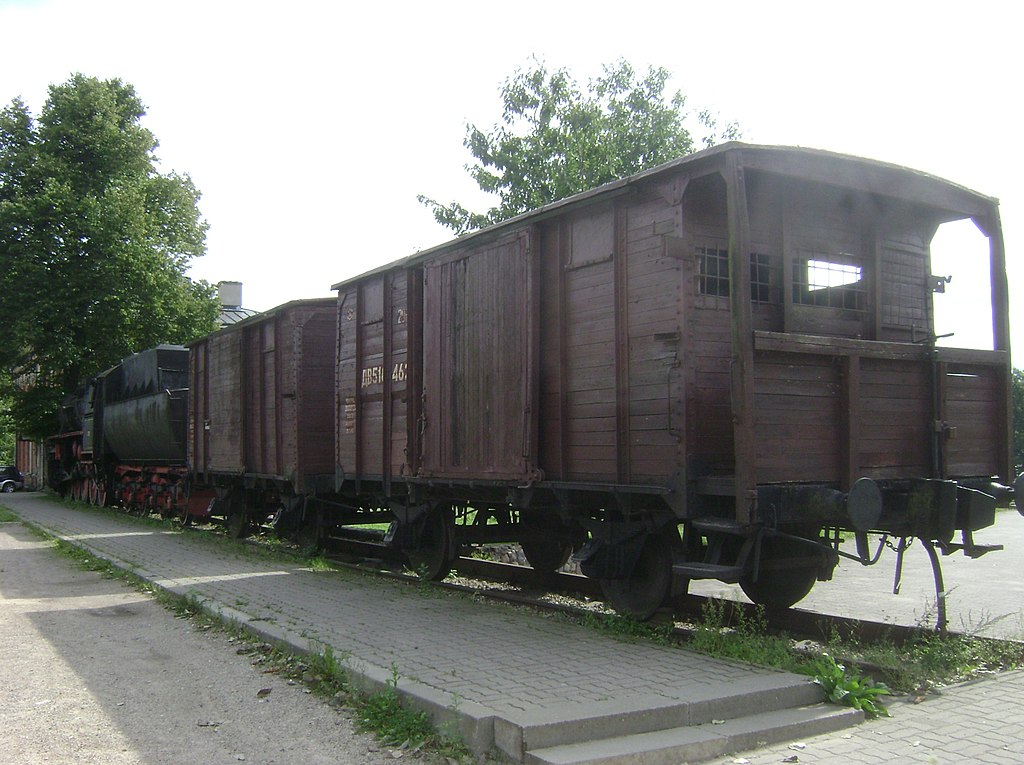

War crimes encapsulate prohibited activities and kinds of weaponry, targeting particular buildings like hospitals and those dedicated to art, religion, science, education, or charitable roles. Furthermore, war crimes term banned actions that result in intentional suffering like torture and include deliberate and direct attacks against the civilian population.
The International Criminal Court’s Roman Statute possesses a comprehensive list of war crimes founded on the Geneva Conventions and customary regulations. The Rome Statute recognizes war crimes as severe breaches of the Geneva Conventions, which comprises any of the following actions against individuals or property protected under the requirements of the appropriate Geneva Convention.
It includes willful killing, intentionally causing significant suffering or severe injury to the health or body, inhumane action or torture such as biological experiments, convincing a prisoner of war or other protected individuals to oblige to the forces of an antagonistic power alongside widespread destruction and seizure of property not defensible by the military. These breaches also include lasciviously and unlawful taking of hostages, intentionally depriving a war prisoner or other protected person of the rights of a just and regular trial, and illegal transfer or deportation or unlawful confinement.

War prisoners
The People’s Commissariat for Internal Affairs (NKVD) prominent role was to safeguard the state security of the Soviet Union, which was gained by a considerable scale political suppression of “class opponents.” During World War II, a sequence of mass killings was done by the Soviet NKVD against prisoners in Eastern Europe, particularly Ukraine, Poland, Romania, the Baltic states, and other Soviet Union parts since the Red Army retracted after the 1941 German attack. Many reports of war crimes conducted by Soviet Union armed forces signified how they were committed against Luftwaffe and German Wehrmacht soldiers captured from the war.
Rape
There were several cases concerning mass rapes in many Polish cities captured by the Red Army. The Soviet entry into Krakow City was characterized by mass rapes of Polish girls and women. At the same time, the Red Army forces conducted rapes against girls and women at the Baltic Offensive. For instance, a mass rape happened after the Battle of Porkuni when the Soviet military encountered a column of escaping Estonian civilians.
During 1944-1945, the Soviet troops frequently engaged in rape, plunder, and other crimes against the Poles, promoting fear. There is also a famous incident in Treuenbrieten where 88 men were lined up and shot, and many girls were mercilessly raped.
After the Berlin capture by the Red Army in 1945, the Soviet military raped German girls and women, and there were extreme cases of even girls as young as eight suffering such an ordeal. Rape crimes characterized the social psychology of men and women in the Soviet occupation area from the first day of occupation through to what one can argue, the present day.

Mass execution of civilians
Numerous incidents comprised civilian mistreatment, mass executions and murder of war prisoners in the territories that the Soviet Union occupied, mainly Eastern and Northern Europe before and throughout World War II. The members of the anti-communist resistance movements like the Ukrainian Insurgent Army, short for UPA in Ukraine, the Forest Brothers in Lithuania, Estonia and Latvia and the German collaborators, were the targets of the NKVD who brutally conducted mass executions and deportations. The NKVD also carried out the Katyn massacre in April and May 1940, instantly executing more than twenty thousand Polish army officer prisoners. More than 300,000 Estonian citizens, approximately a third of the population back then, were affected by mass executions, deportations, arrests and several other kinds of repression.
